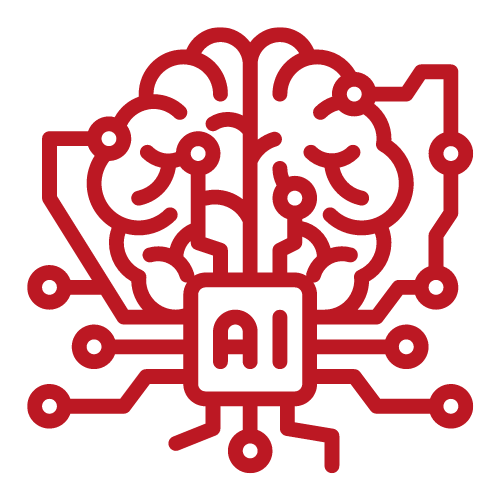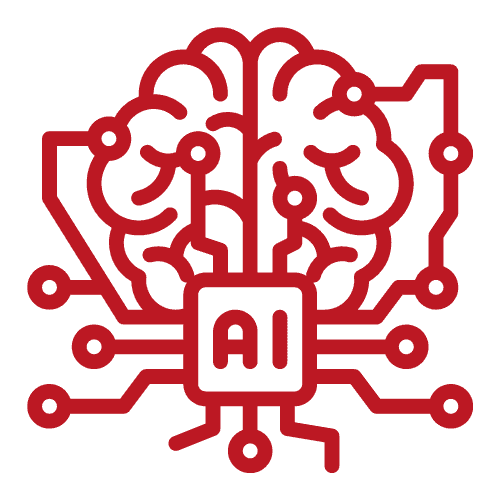📣 Getting Started with Langchain: Agents & Memory
Introduction:
Langchain is an innovative computational system that combines natural language processing (NLP) with blockchain technology. Its purpose is to understand, generate, and securely store human language patterns, ensuring top-notch security, transparency, and immutability.
Agents in Langchain:
Definition:
Agents are individual units or nodes in Langchain responsible for processing and comprehending language input.
Functionality:
Each agent can process language data, create responses, and interact with other agents.
They use advanced NLP algorithms to understand and generate human-like text.
Inter-Agent Communication:
Agents can communicate with one another, sharing insights and collaborating to generate more accurate responses.
This collaborative approach ensures high accuracy and context-aware replies.
Learning & Adaptation:
Agents continuously learn and adapt. As they process more language data, they improve their understanding and adjust to new linguistic patterns.
Memory in Langchain:
Blockchain Integration:
Langchain's memory is built on blockchain technology, guaranteeing secure and immutable storage of processed language data.
Data Immutability:
Once a language pattern or response is stored in Langchain's memory, it remains unalterable. This ensures data integrity and authenticity.
Transparency & Traceability:
Every language data transaction can be traced back to its source. This transparency enhances accountability and system reliability.
Decentralization:
Langchain's memory is decentralized, meaning there's no central authority or storage. Data is distributed across various nodes, ensuring high availability and resistance to data loss or tampering.
Security:
Advanced cryptographic techniques secure the data stored in Langchain's memory, protecting it from unauthorized access or breaches.



 Mohammad Arshad
Mohammad Arshad

